Create a brand customers crave
“The sidelines are a dangerous place to be in this environment,” write James Amos and BJ Emerson in their new book The Tasti D Lite Way: Social Media Marketing Lessons for Building Loyalty and a Brand Customers Crave. This sentiment is echoed time and again as the leaders of this New York frozen yogurt mainstay take their readers through Tasti’s social media journey—and all the twists and turns that were there to greet them.
The book, written in the company’s characteristic charm and filled with intriguing thoughts and anecdotes, focuses on one essential question: how does a brand that had built its success largely by word of mouth in New York City expand into an international social brand without alienating its adherents and losing quality of service?
Get Engaged, and be Engaging
The answer, according to Amos and Emerson, may stand in contrast to standard business models of the past, but is absolutely essential for brands looking to build brand loyalty in the future. “Communication and the element of trust need to be at the heart of what we do. The days of one-way marketing, a disregard for transparency, and force-feeding consumers are over.”
While more brands are coming to this same conclusion every day, many are still taking a cautious approach, waiting out the initial rush to “go social” in order to see which platforms and marketing techniques survive the test of time. The Tasti D Lite Way (@tastidlite) argues that brands no longer have this luxury. “Social is no longer the future of consumerism; it is the present state of consumerism.”
As Amos and Emerson argue in their book, any brand that doesn’t join in on the conversation risks being excluded from it. Consumers are ready and eager to engage their favorite brands in a more transparent manner. The brands ready to meet those consumers and share their experiences will be rewarded with unbounded loyalty. However, any brand that chooses to remain aloof will be absent when a disappointed consumer broadcasts their bad experiences to their network.
Acting Transparently and Authentically
As the book illustrates, a social presence teaches a brand how to listen and more importantly, how to engage. When a Tasti customer took to Twitter to air her concerns over a bad experience, the brand was ready to respond immediately with an offer to remedy the situation.
As Amos and Emerson demonstrate, consumers are very discerning. Sometimes it’s not whether or not a brand is listening, but how they respond. If the brand springs into immediate action, a potential issue is easily averted. However, if a brand responds defensively or dismissively, what once was a small issue can become symbolic of an entire brand’s character.
Through outreach channels like Twitter and foursquare, Tasti D Lite has found a tremendous opportunity to engage its consumers in surprising and innovative ways, from sending their followers on gift card scavenger hunts to throwing a celebration for a consumer who secured the “mayorship” of her local Tasti outlet. Amos and Emerson illustrate in their book that if consumers know a brand is listening they will enthusiastically reach out time and time again in a spirit of collaboration and shared purpose.
The Tasti D Lite Way
The Tasti D Lite way may not be the exact route every brand needs to take, but this book acts as an effective philosophy and set of guidelines for what it means to be a social brand, and the importance building a unified, compassionate corporate culture from the top down. Amos and Emerson agree that social branding is still too young for any one brand to have all the answers, but they caution that the only way a brand can learn is by jumping into the fray and seeing what works.
@tastidlite


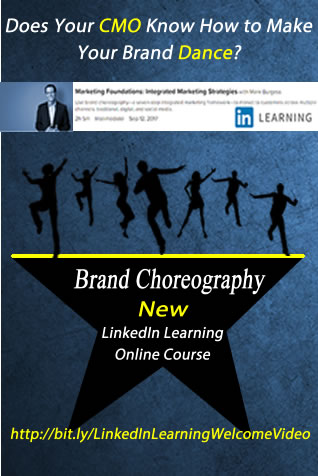
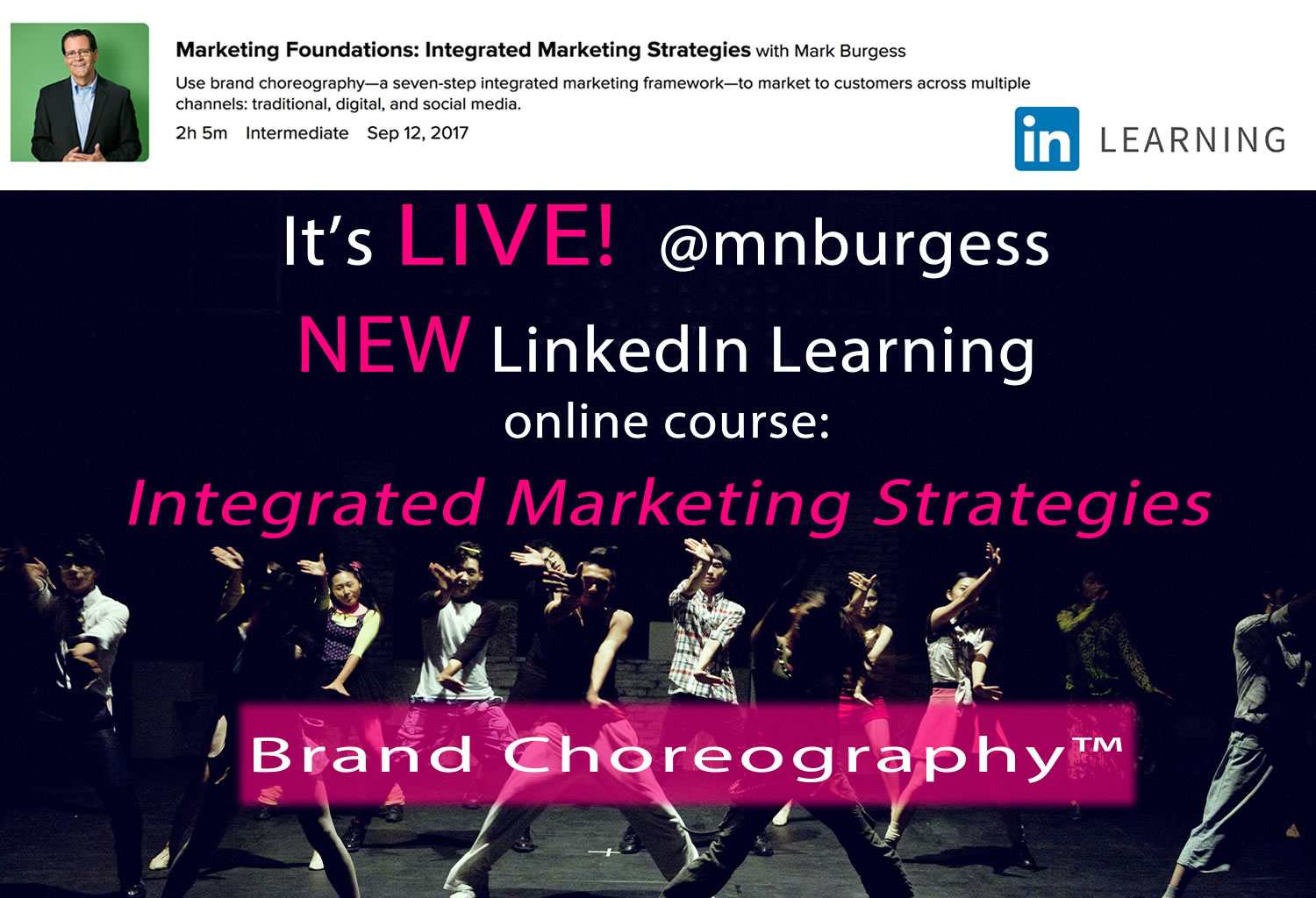


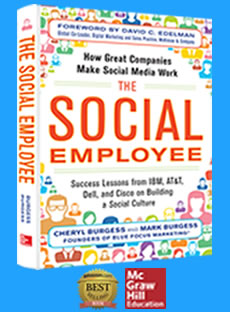


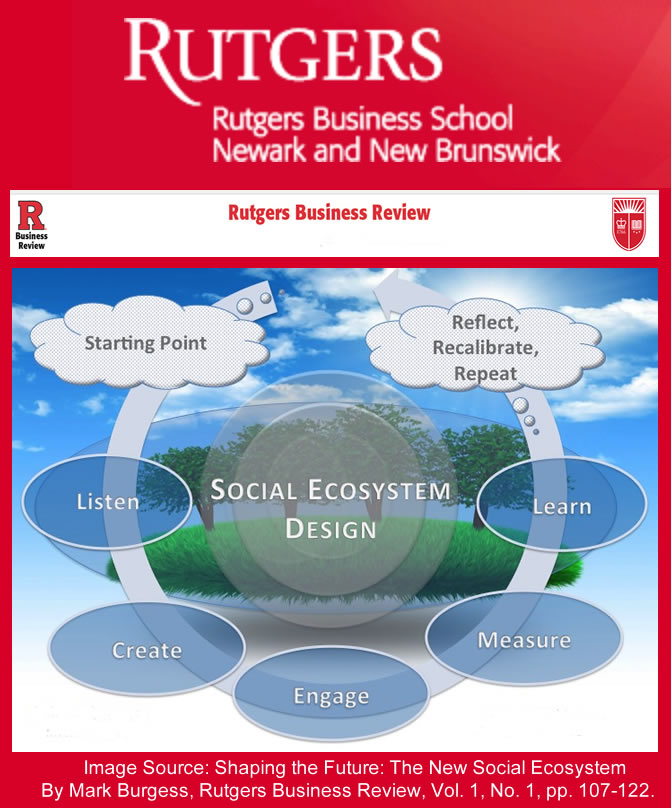
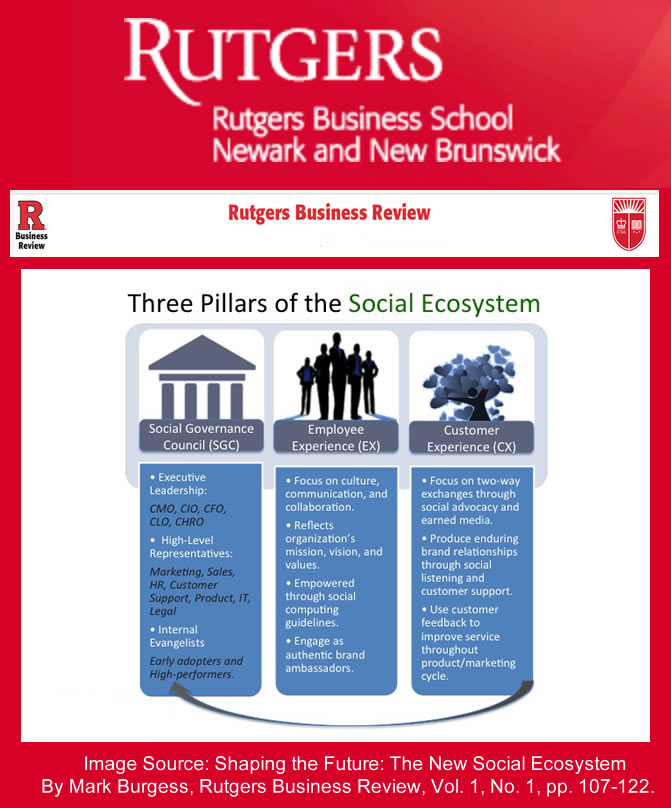

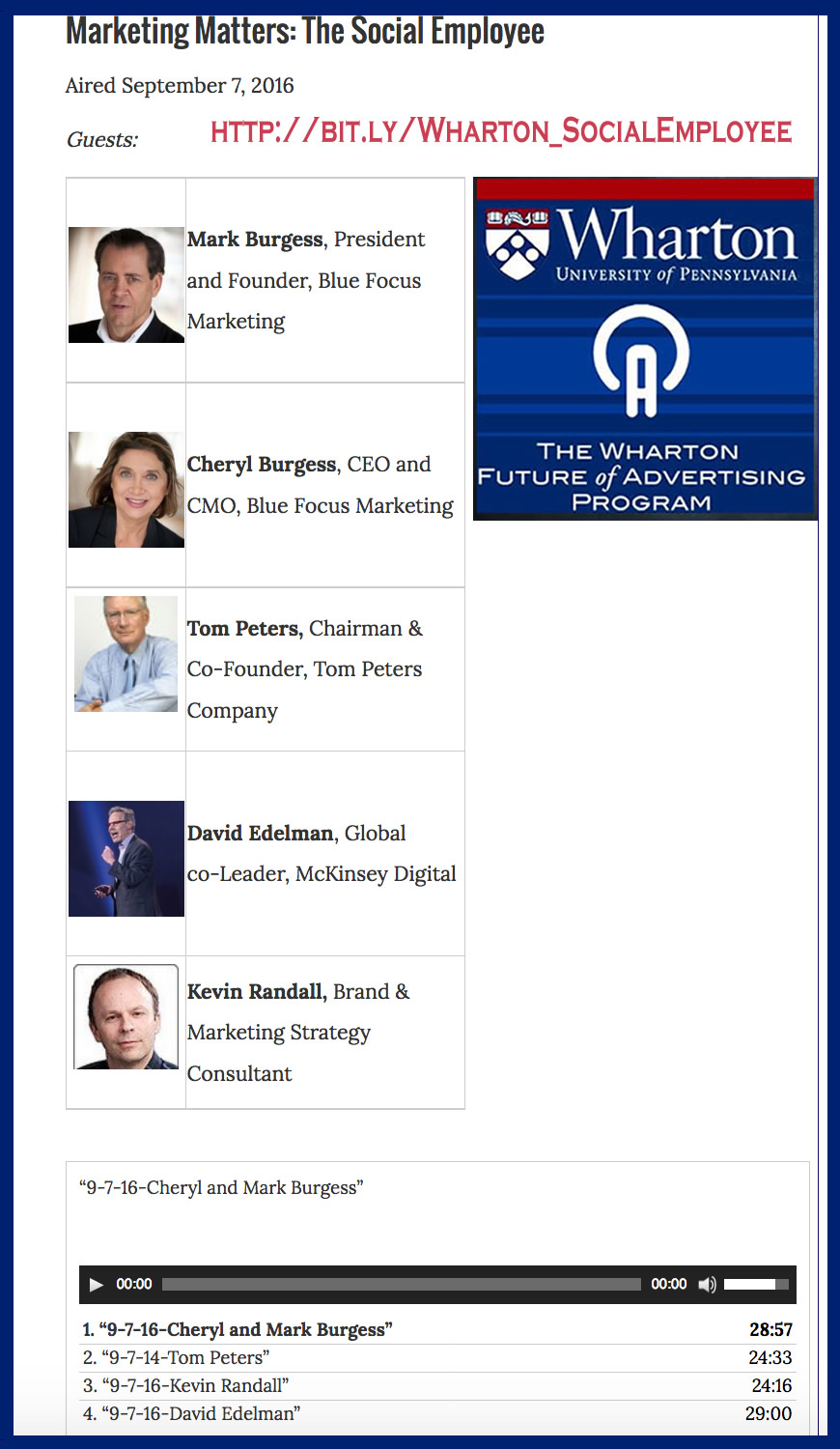


I agree with you when you say that “communications and the element of trust needs to be at the heart of what we do”. People want to engage with their favorite brands and connecting with them via social media builds credibility and makes consumers feel like they are developing a personal relationship with the company. Consumerism revolves around social media and companies that opt out are excluded and risk taking a back seat to their competition. Companies need to actively use social media and be ready to respond to both positive and negative feedback. This has always been our approach for our clients. If you want to learn more about our social media approach, visit our website: http://www.idytise.com/social_media.php
Thank you for your insightful comments.